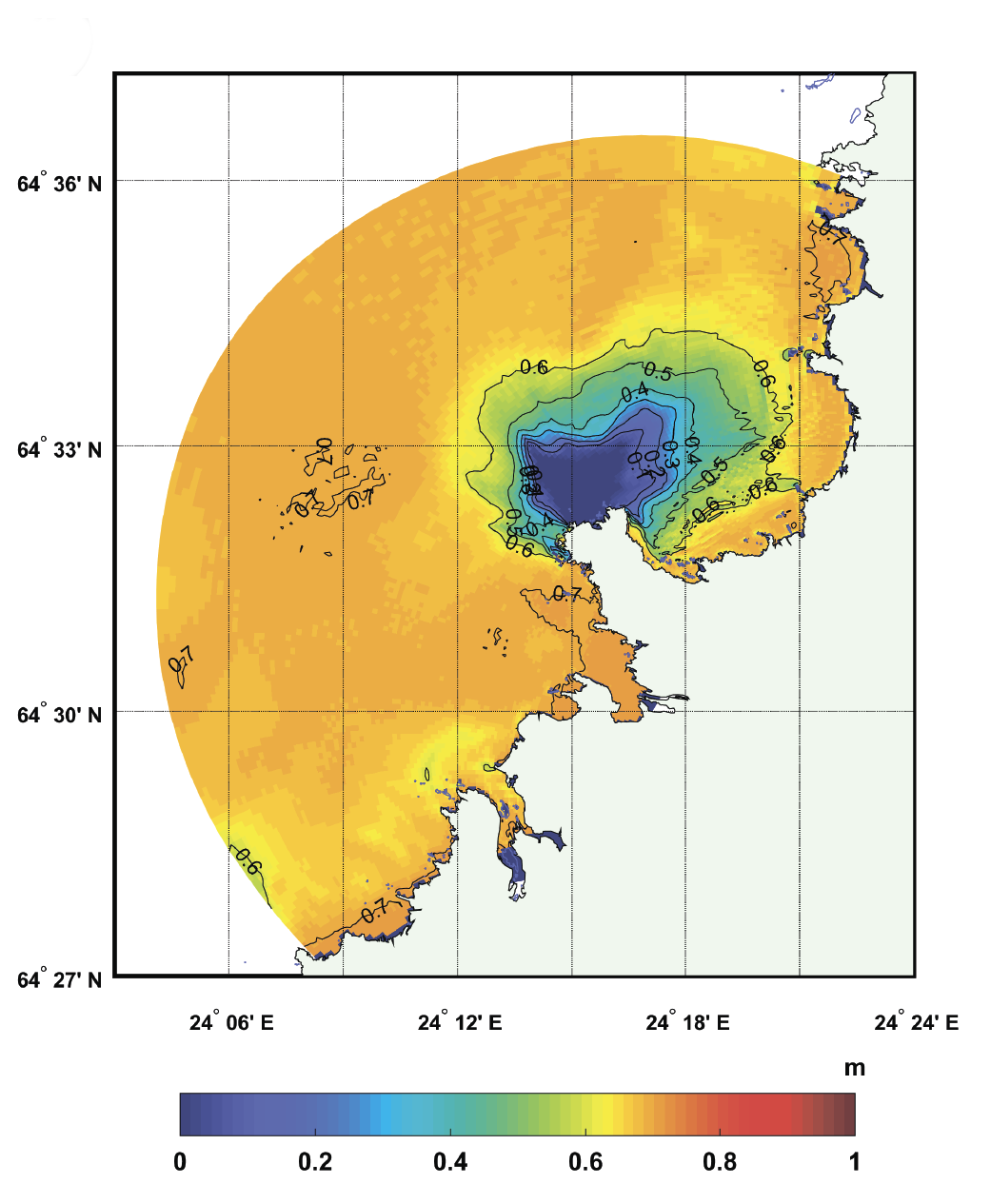Laboratory for modeling ocean biogeochemical cycles

DSc, V.A. Ryabchenko
vla-ryabchenko@yandex.ru
The laboratory was established in 1998.
The laboratory includes 1 Doctor of Science and 6 Candidates of Science.
MAIN RESEARCH FOCUS
- Modeling of biogeochemical cycles and their changes, including extreme cases, in the high-latitude seas of Russia.
- Modeling the spread of pollutants in the ocean, seas, lakes and river estuaries.
- Study of the climate change impact on marine ecosystems and eutrophication of inland seas and lakes.
IMPORTANT SCIENTIFIC ACHIEVEMENTS
- Based on a complex of eco-hydrodynamic models, it is shown that the spring-summer outbreak of phytoplankton in the ice-covered regions of the Barents Sea occurs during the period of intense destruction of the ice cover in its marginal zone.
- A high-resolution 3D model of the water and ice circulation and the distribution of pollutants in the eastern part of the Gulf of Finland of the Baltic Sea was developed. The model was used to calculate the current dynamics and the spread of wastewater in the Neva Bay in real situations in the absence and presence of storm surges have.


- According to estimates based on the Saint-Petersburg Baltic Eutrophication Model (SPBEM), climate warming will increase the area of anoxic and hypoxic zones.
- An expert assessment was presented for the extreme hydrological conditions in the Gulf of Bothnia of the Baltic Sea and the Hanhikivi-1 nuclear power plant’s impact on the local thermal and sedimentation regime.
- Intense erosion of the shores in the Gulf of Finland, observed in the last 70 years, can lead to the complete disappearance of sandy beaches at Kotlin island in the near future. The parameters of the artificial beach profile in case of the maximum storm surge are calculated, and the annual volume of sand required to preserve the beach is estimated.
INTERNATIONAL COLLABORATION
- Helmholtz centre for polar and marine research the Alfred Wegener institute (AWI), Bremerhaven, Germany
- Finnish Meteorological Institute (FMI), Helsinki, Finland
- Tallinn University of Technology, Institute of Cybernetics (IoC), Tallinn, Estonia
- Indian Institute of Science Education and Research, Bhopal (IISER Bhopal), Bhopal District, India
Laboratory staff:
- Vankevich Roman Evgenievich
- Gorchakov Viktor Anatolyevich
- Dvornikov Anton Yurievich
- Isaev Alexey Vladimirovich
- Loza Svetlana Nikolaevna
- Martyanov Stanislav Dmitrievich
- Pugalova Svetlana Stepanovna
- Ryabchenko Vladimir Alekseevich
